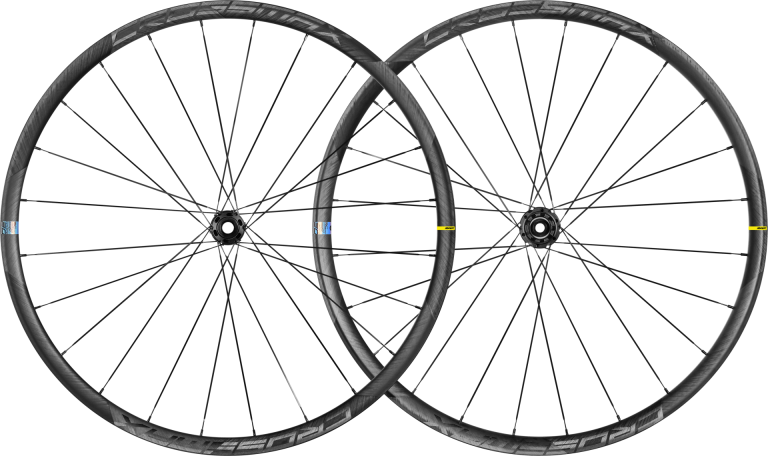What is the ideal wheel weight for XC?
The best wheel weight for cross-country mountain biking (XC) depends on the rider's size and preferences and the specific course. In general, however, XC riders prefer lightweight wheels for rapid acceleration, better handling and efficient climbing. Wheel weights can vary, but many top-of-the-range XC wheels weigh between 1,300 and 1,900 grams per pair. You should never sacrifice durability and strength for lightness, but strike the right balance to ensure that the wheels can withstand the rigors of XC terrain while being as light as possible.

